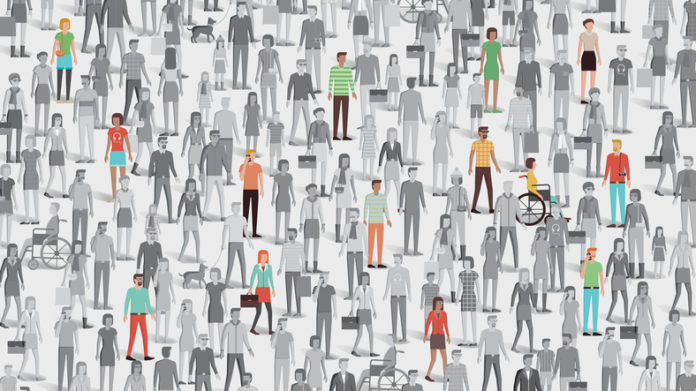
Colorado has experienced explosive population growth in recent years, which requires some new thinking when it comes to the state’s transportation, housing strategy and water supply.
In the first installment of a four-part series, Michael Best Strategies’ Alex Hayes examines the transportation issue.
Though Colorado’s explosive growth has slowed to some degree, its 77,000 new residents between July 1, 2016 and July 1, 2017 made Colorado the 8th fastest growing state. State demographers expect Colorado to add another 2.2 million people by 2040. In order for Colorado to continue its unprecedented economic growth and maintain the high quality of life that has attracted so many younger Americans and employers in recent years, the state must address a number of important issues, including transportation infrastructure.
The large influx of people to Colorado has led to choked roads and near constant traffic headaches. It’s a problem that’s not likely to ease up any time soon. In 2015, the Colorado Department of Transportation (CDOT) projected it would need roughly $40 billion to build and maintain proper infrastructure to handle expected population growth. That is more than double what it expects to collect in that time. Already, the state’s infrastructure is woefully underfunded with a number of priority projects stuck in limbo. CDOT’s statewide transportation plan currently has a $1 billion annual shortfall.
Transportation funding has been a dominant, though controversial, policy issue for the state in recent years. Despite acknowledgement across the board that addressing the state’s transportation needs should be a top priority, Republicans and Democrats have diverged significantly on how to do so. In 2017, leadership from both parties began the General Assembly with an ambitious proposal for road funding. However, Republicans in the Senate balked at the idea of an increase in taxes to pay for the effort, arguing that the funds already exist in the state’s coffers, and that it simply requires some difficult decision-making and cuts in other areas of spending. Republicans and Democrats also disagree on how funding should be spent, with Democrats pushing for improved public transit systems and better bike lanes and sidewalks, while Republicans want money for road improvements and construction. The 2017 session ended with a broad omnibus bill, that included, among many other things, $1.8 billion in transportation funding, $1.2 billion of which comes from the existing CDOT budget.
The 2018 legislative session brings a renewed effort to address Colorado’s transportation needs, with Governor Hickenlooper and House and Senate leadership tagging transportation funding as a top priority in their respective year-opening speeches. Senate Republicans have already introduced a bill (SB 18-001) that would ask for $3.5 billion in bonds to pay for priority projects. It would require the state to set aside about $300 million annually to pay for the bonds. The bill has the support of many of the state’s chambers of commerce and business organizations. However, in a contentious election year, there is significant doubt that the legislature will be able to deliver, leaving many looking to the 2018 ballot for potential solutions.
Watch for future installments regarding Colorado’s population growth and infrastructure considerations, as well as updates about SB 18-001.





